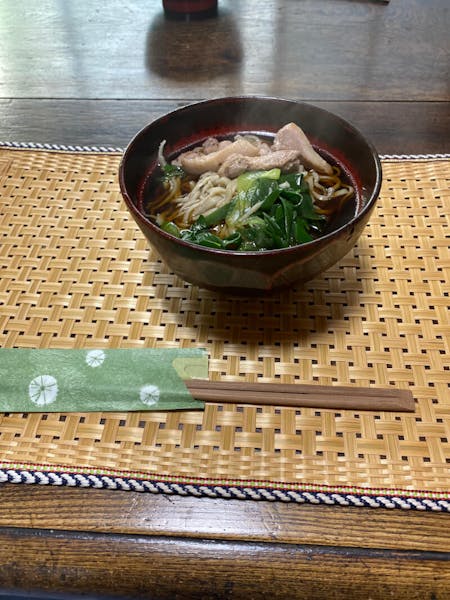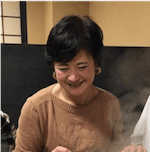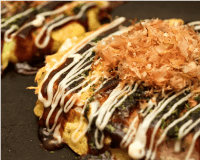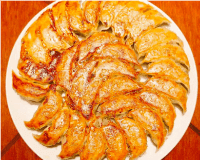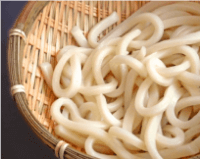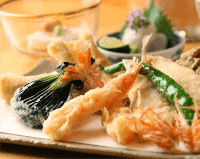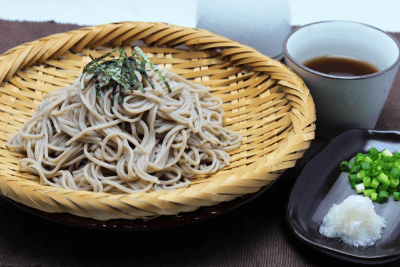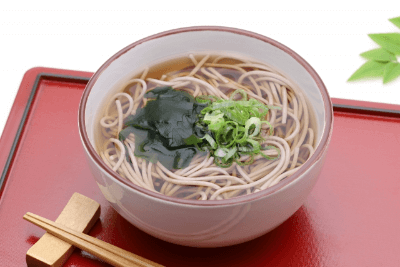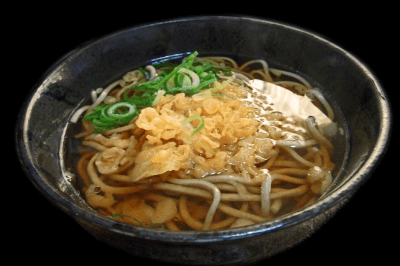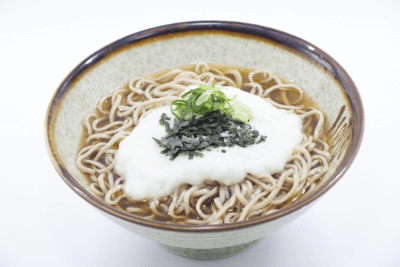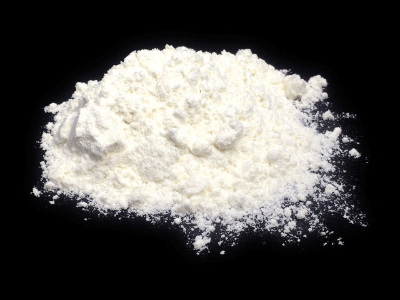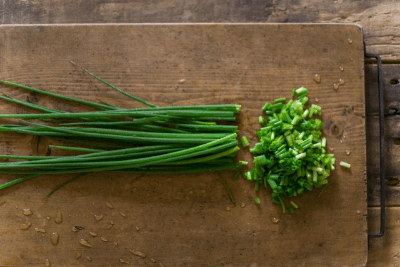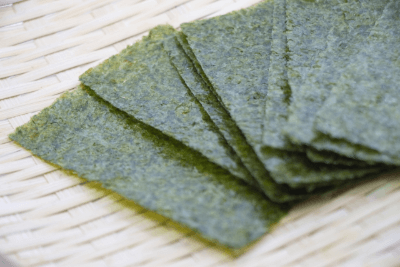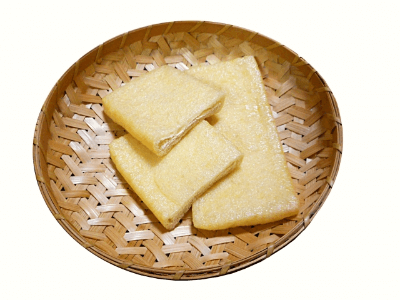Kyoto is a famous and historical city in Japan. Back in the days, Kyoto was the capital of Japan. There are several attractions in the city, including shopping centers, restaurants and amusement parks. The local food in Kyoto is also very delicious.
Japanese are vegetarians; therefore, all the popular Japanese food items, including Sushi, Ramen, and Tempura re vegetarian dishes. Japanese people are very healthy as they eat vegetarian food items. Sushi, the famous Japanese cuisine is incomplete without vegetables. Similarly, Ramen, which is noddle soup, is also vegetarian cuisine. For people who are from outside Japan, these dishes are entirely new. They are keen to know the recipe for vegetarian meals. For such people, a vegetarian cooking class in Kyoto is the best solution. They can learn the authentic method of vegetarian cuisines. Further, they can learn about Japanese culture.
